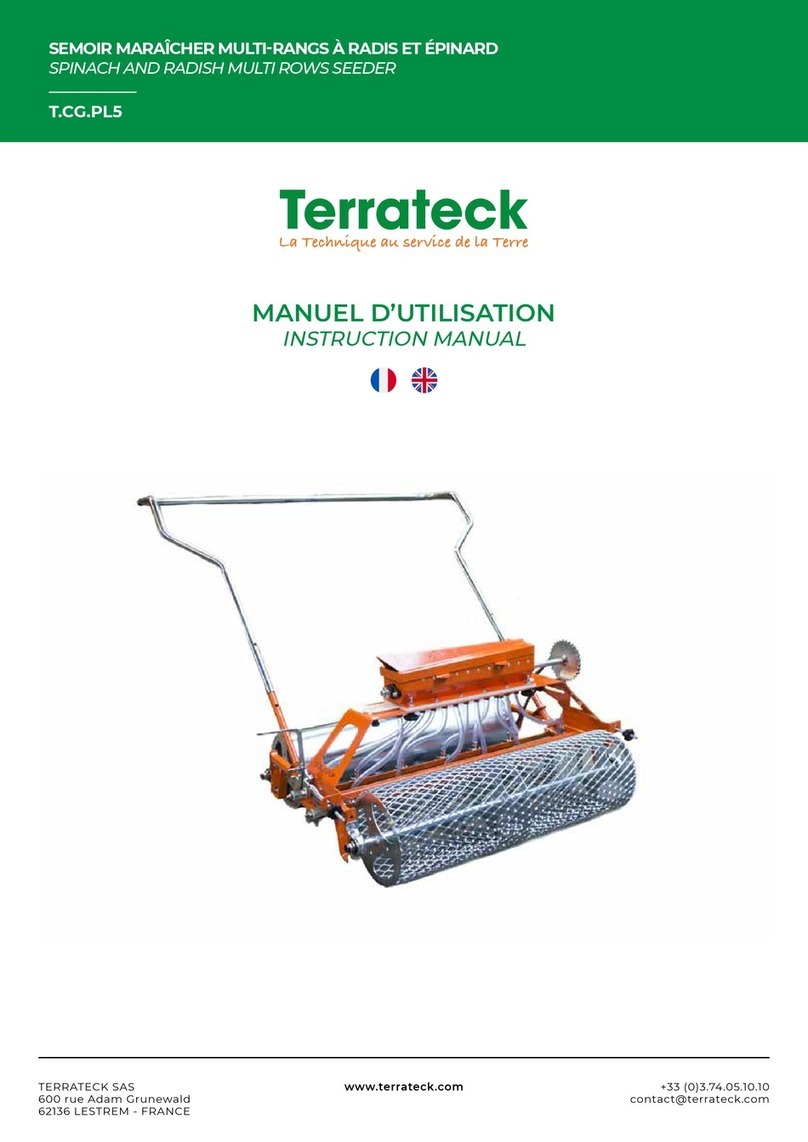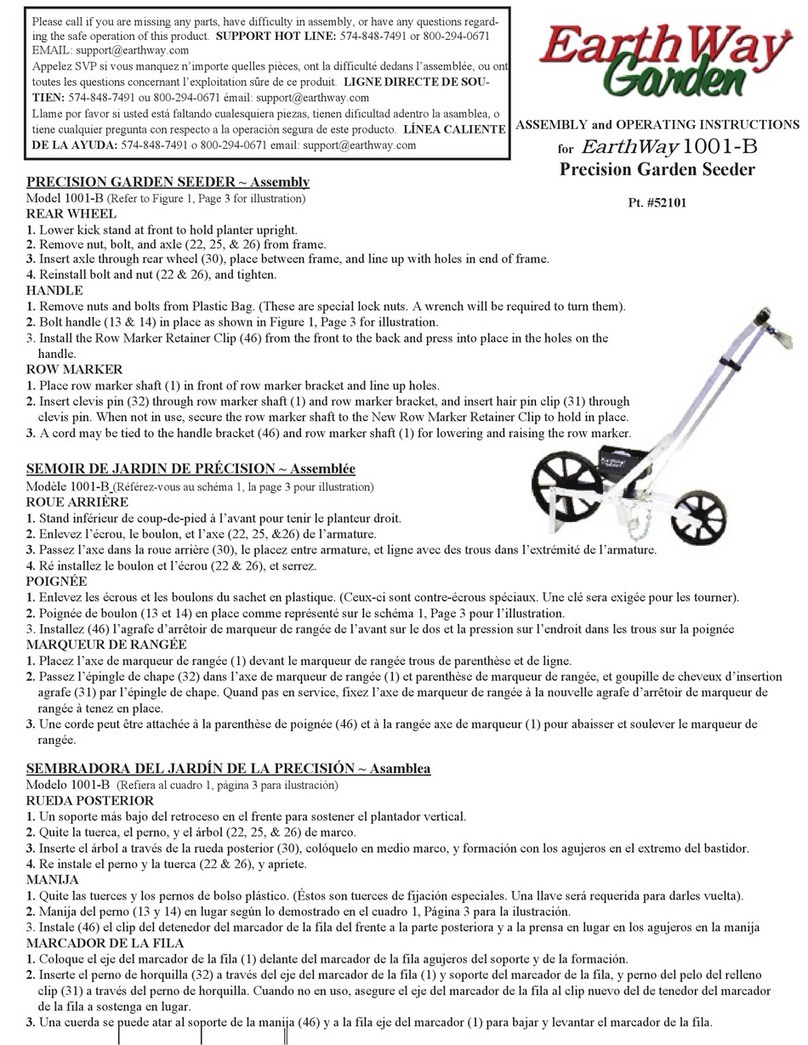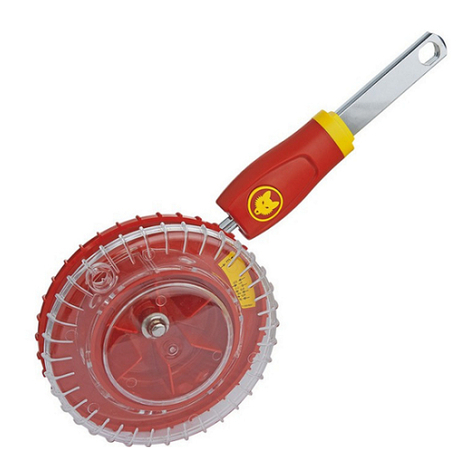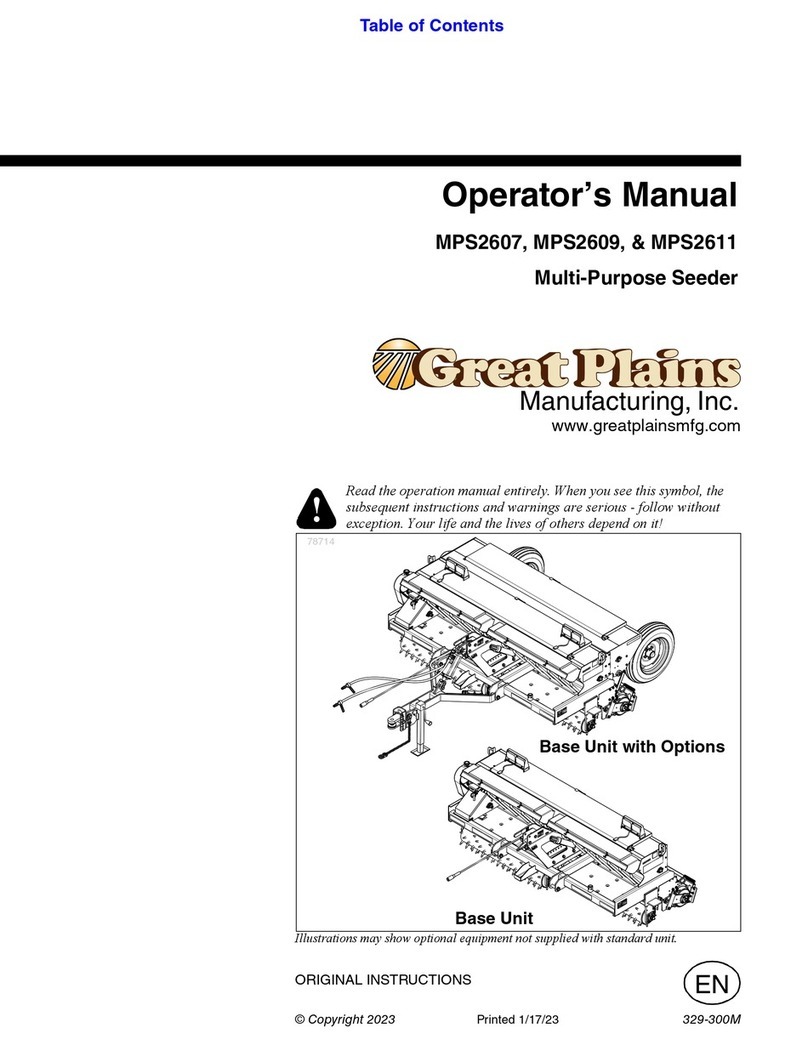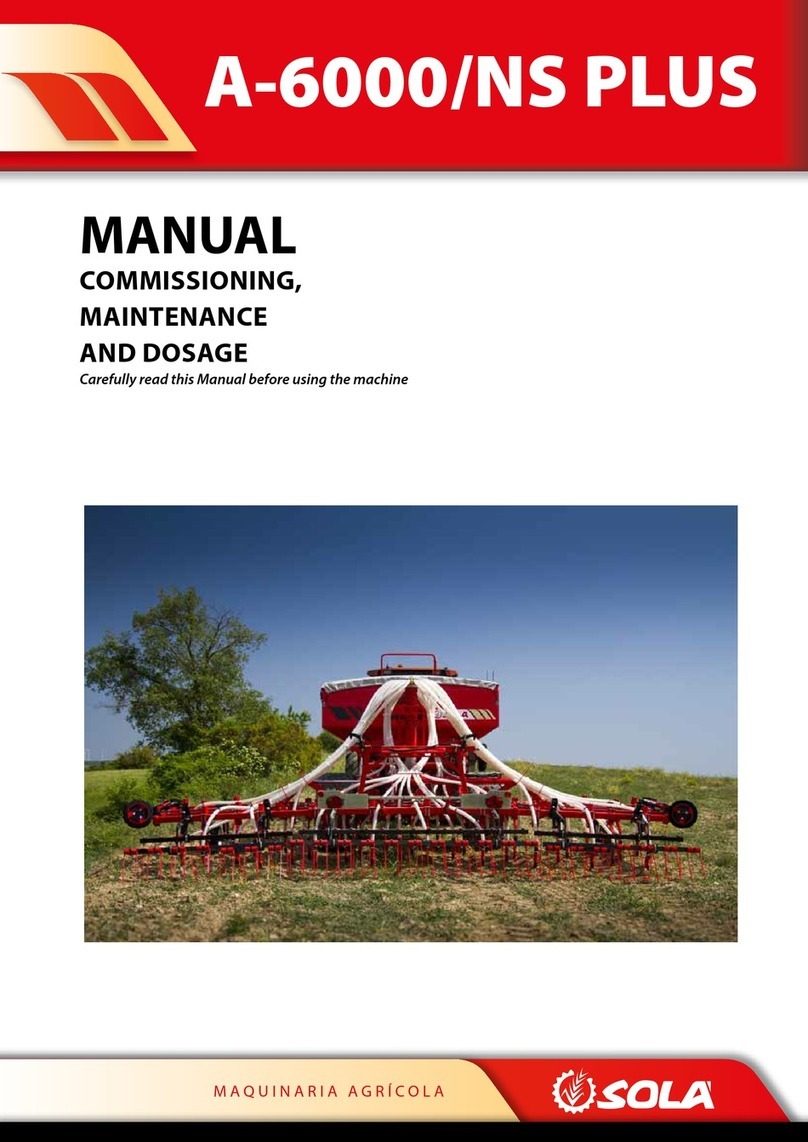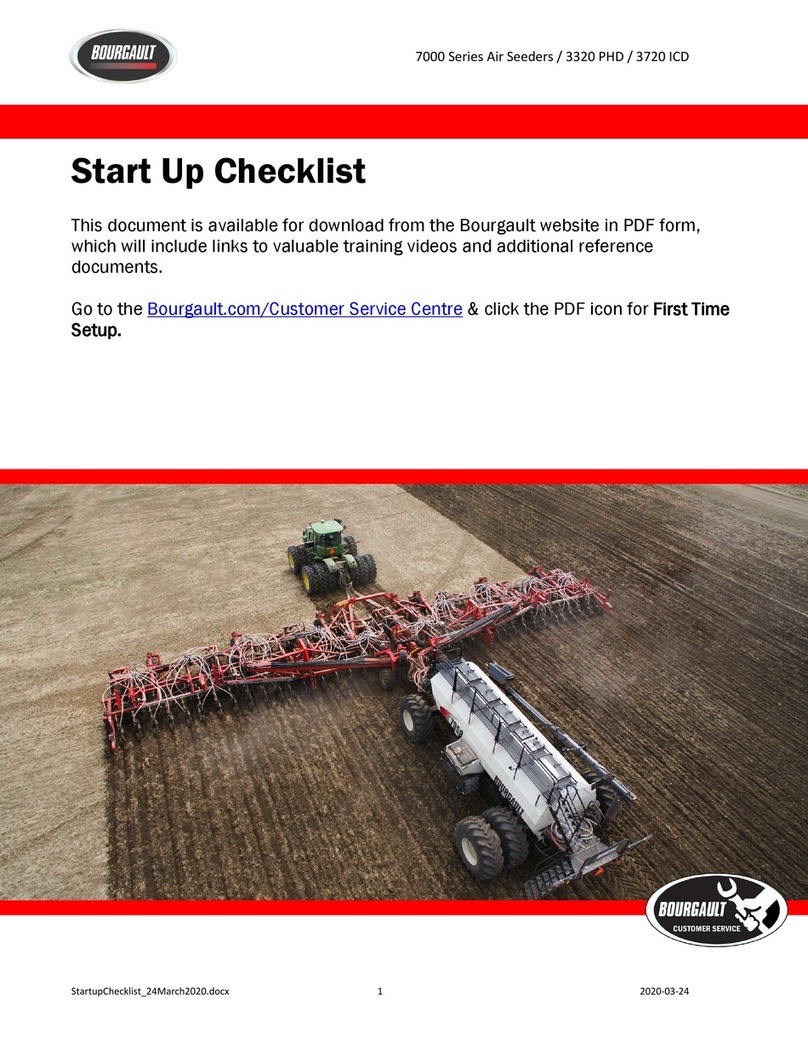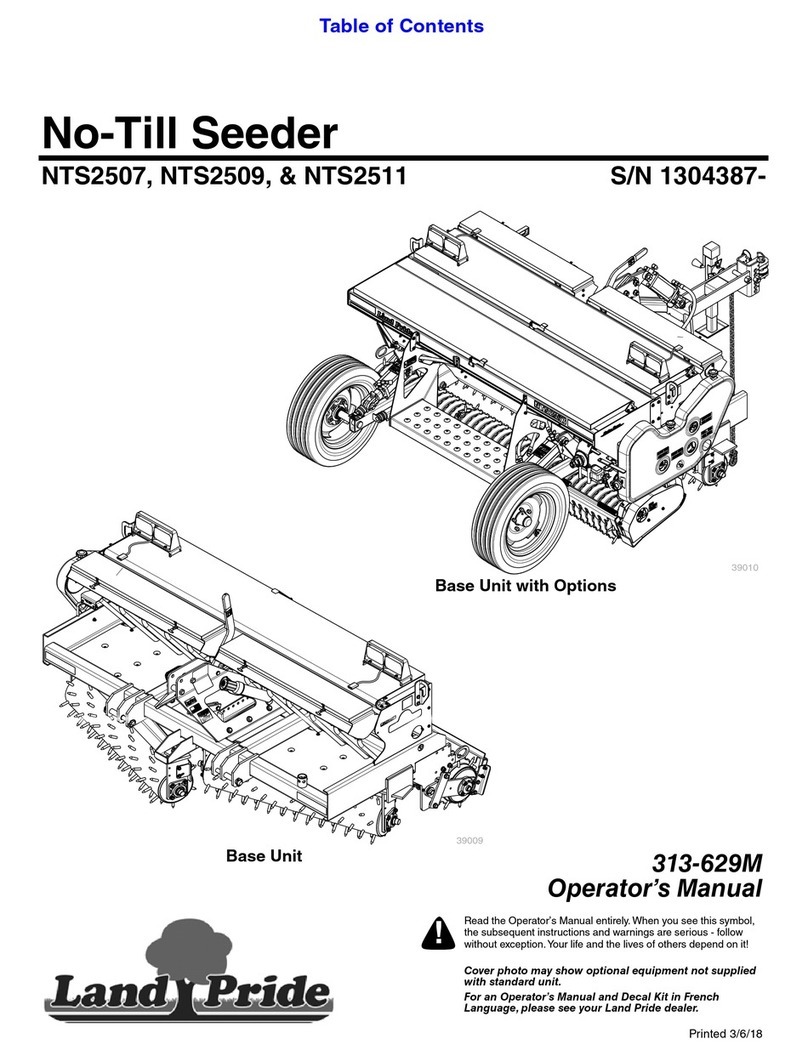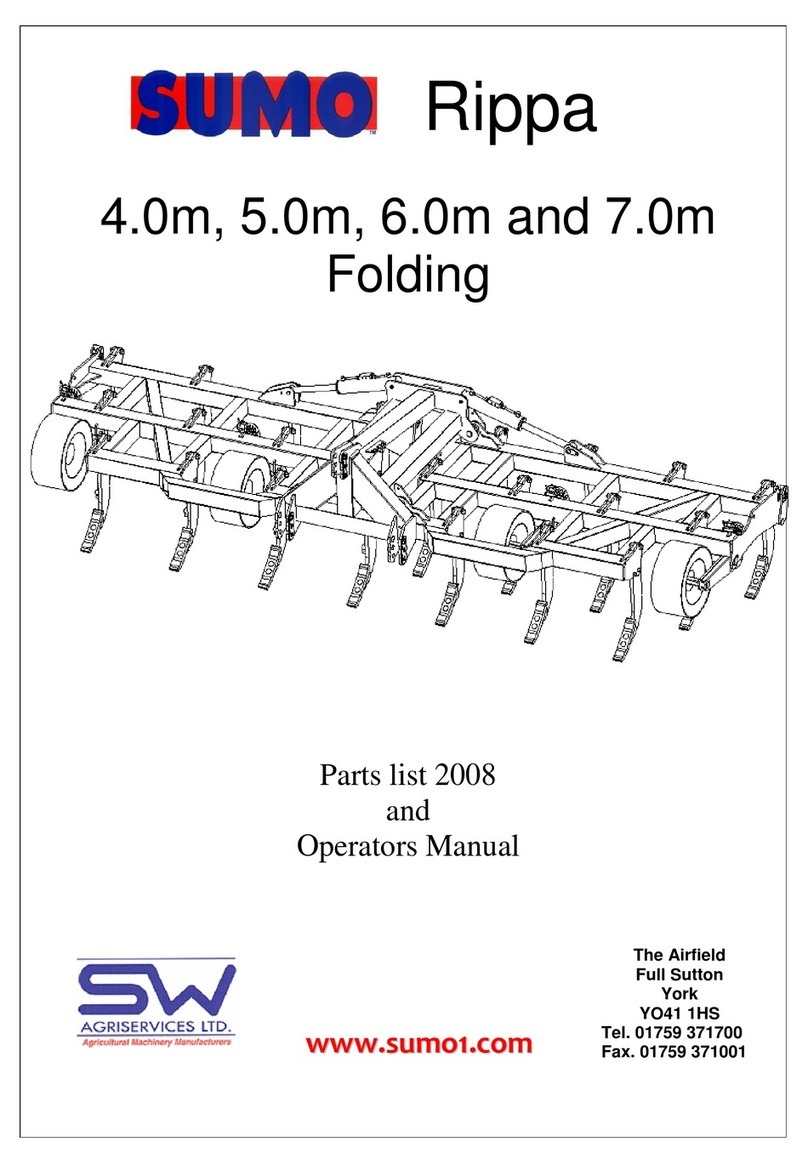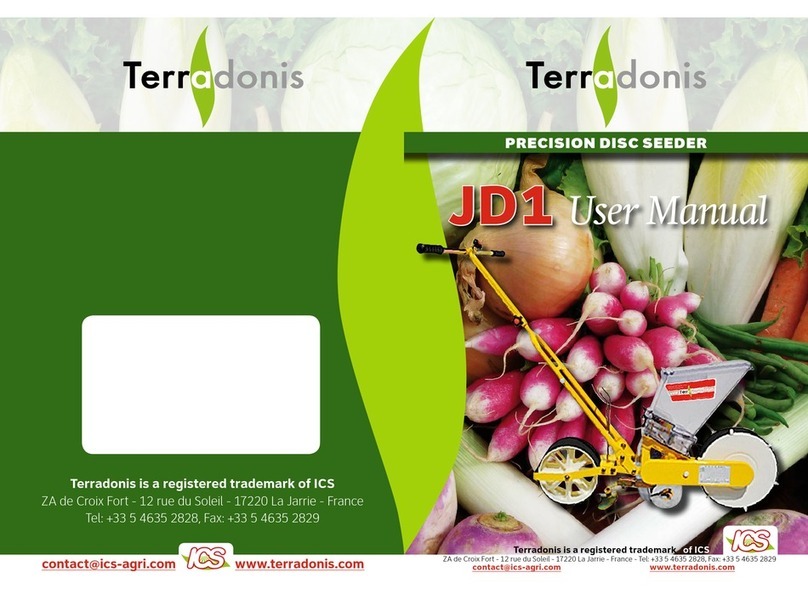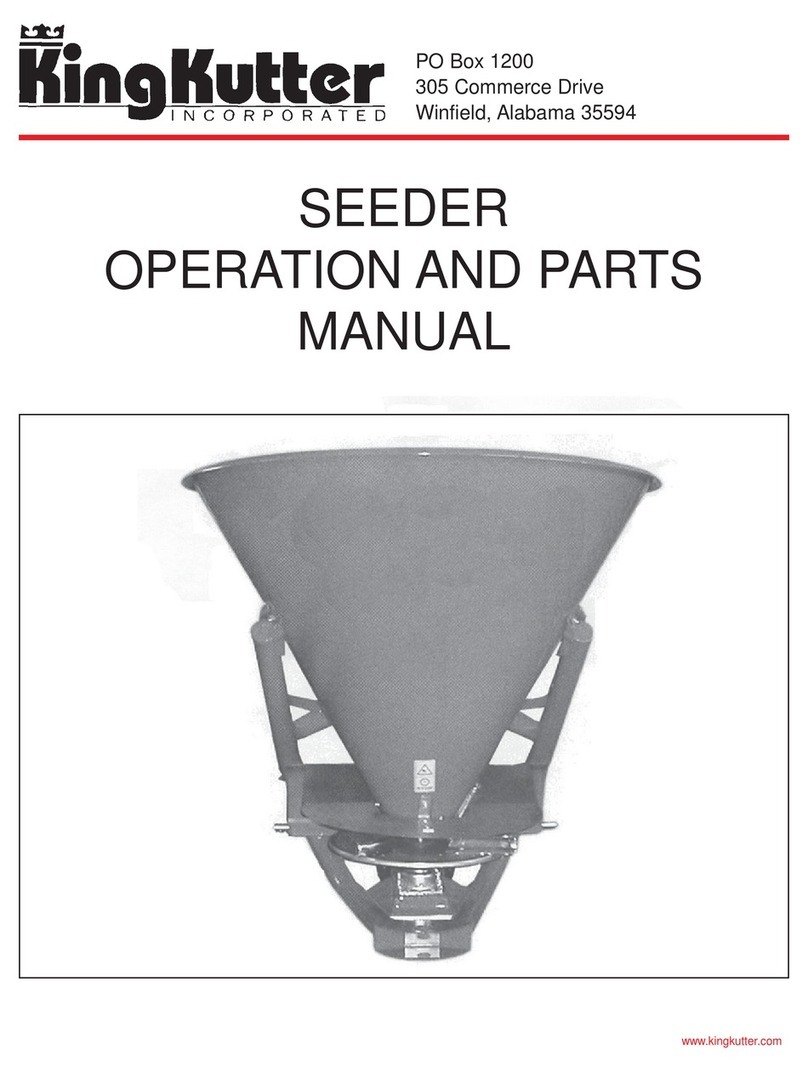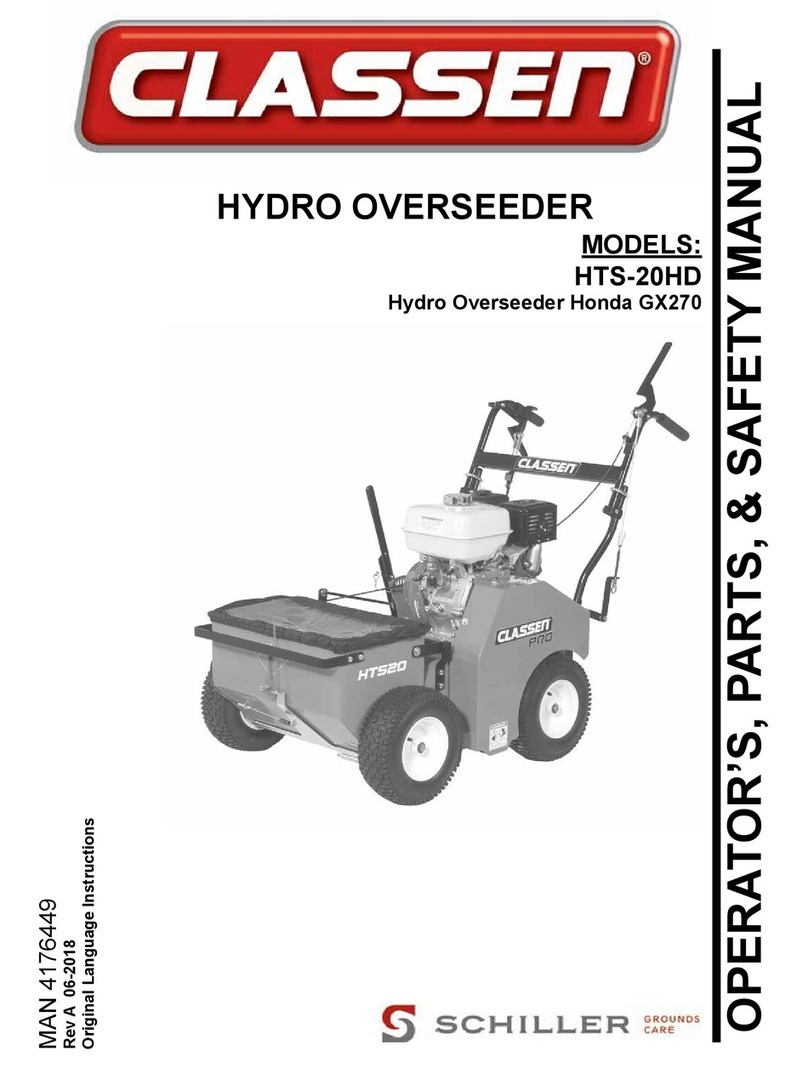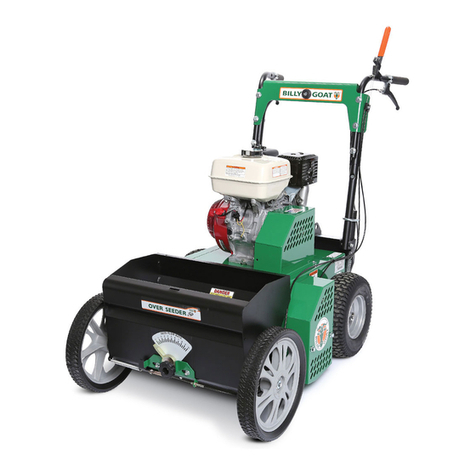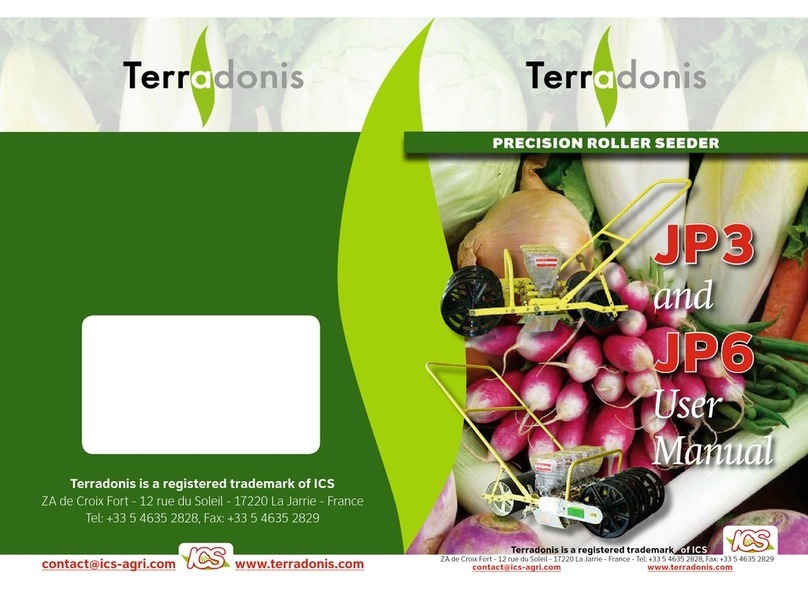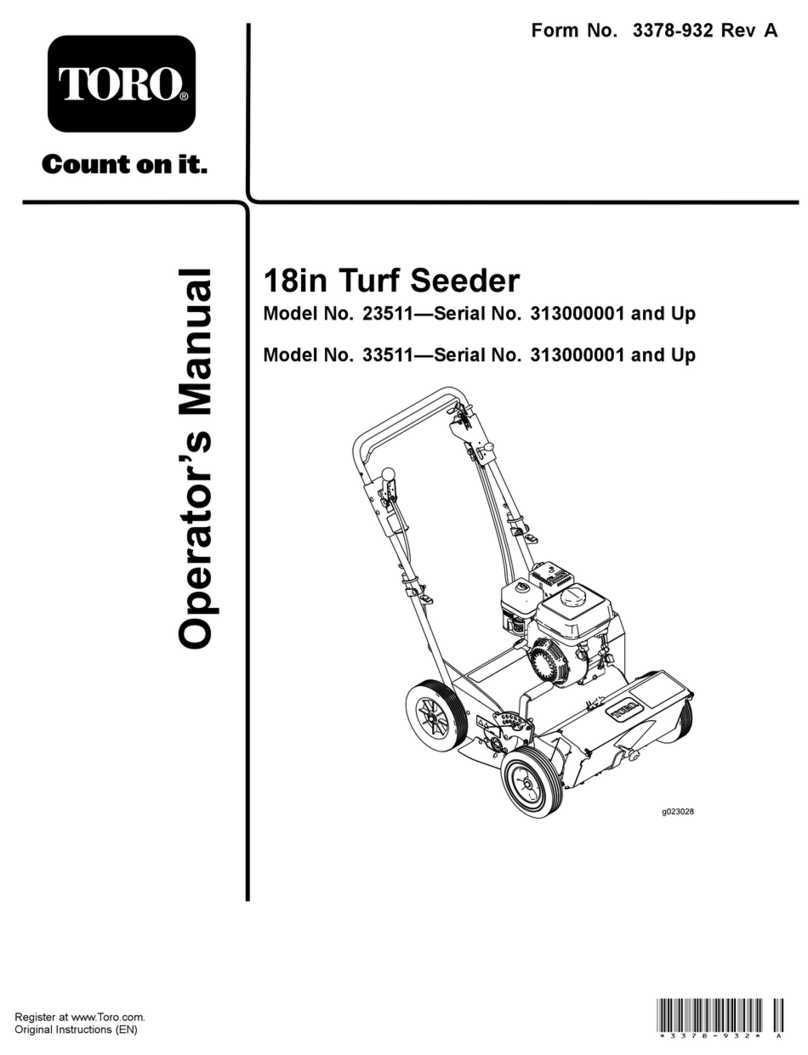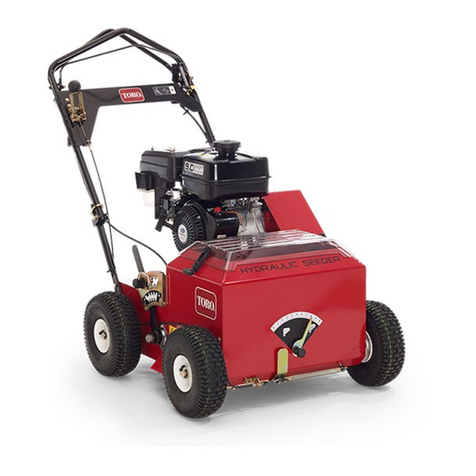
Checking the Index length
Make sure the air is not connected to the machine before changing the indexing
length. The first step is to calculate the length of the index – which is roughly 1 ½
cell lengths. For example, if you are using a standard 512 cell tray – the length of
stroke is approx 1”, and a standard 288 cell tray is approx 1 ¼”. It is not
necessary to determine the exact length, but you need to insure that the push bar
clears the wall off the next cell. To adjust the stroke length, first unlock the inside
adjust handle, then by turning the outside stroke adjust handle right or left, you
can move the stroke adjust closer to the adjust assembly (shorter stroke length),
or further from the adjust assembly (longer stroke length). Measure the gap
between the bumpers of the handle and the assembly as shown in figure 6 to the
length that you determined to be 1 ½ cell lengths.
To check the indexing length, manually slide the stroke adjust assembly forward
and backward and note that the push bars index at least one full cell, and no
more than one cell. Do not be concerned if the push bar ends in the center of the
cell.
Fi
ure 6. Tra
is properl
set up with first
cell directly under drop tube, indexing
push bar is set to forward wall of cell. In
the foreg ound is the stainless steel
vacuum actuator arm.
r
Fi
ure 5. S oke assembltr
showin
gap between handle bar and assembly
bumpers.
The next step is to adjust the indexing push bars. To do this, first line the tray up
so that the first cell is directly under the drop tube bar. Next, unlock the indexing
push bar on the right hand side of the machine and slide it right or left, until the
prongs of the push bar are up against the forward wall of any cell, as shown in
figure 6 above. Once the right hand push bar is set, then offer the tray forward
(left) to the left hand push and repeat to adjust.
The last step is to adjust the vacuum actuator arm to sit on the side of the tray
and set the index placement. Turn the knob to the left to loosen, then slide steel
actuator arm forward or backward to the correct position. Tighten knob to keep
arm in place. This arm controls the vacuum to release seed into the cell, so
proper placement is critical.
© Seederman Seeders 2003 -7-
